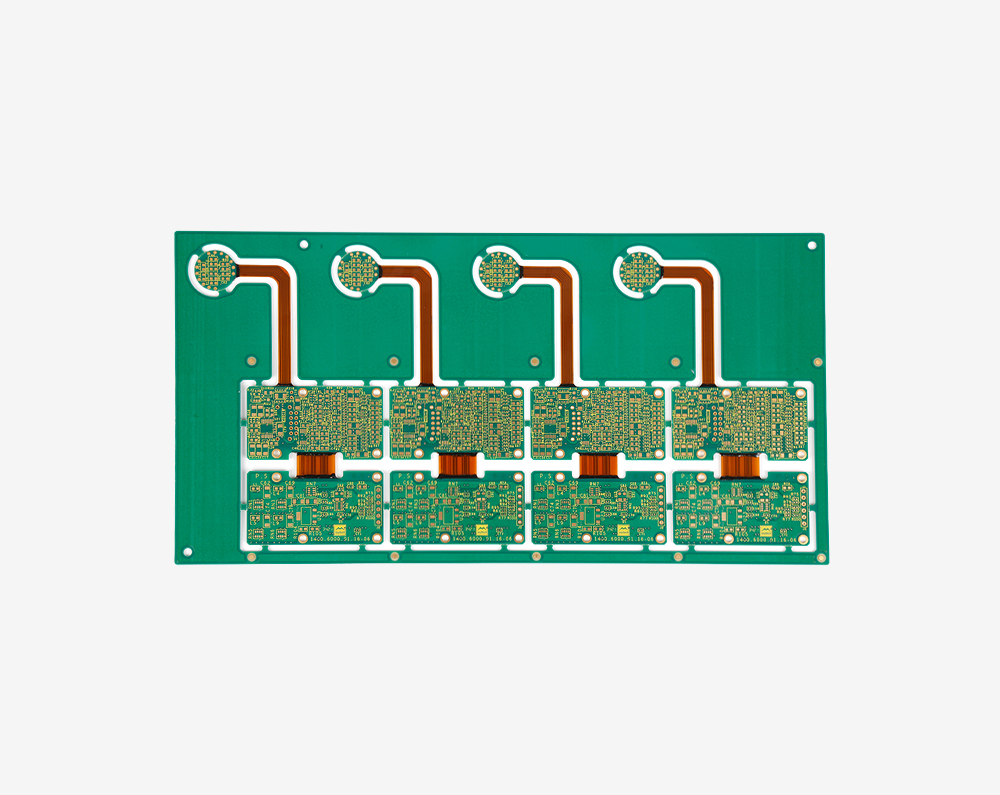Time:2023-09-05Views:
Welding is an important process in PCB circuit board sampling. We often encounter many welding defects when making PCBs. So, what are the common welding defects of PCB circuit boards?
1. False soldering: There is a clear black boundary between solder and component leads or copper foil, and solder is concave towards the boundary.
Hazard: The circuit board cannot function properly.
Reason: 1) Component leads are not cleaned properly, not tin plated or oxidized; 2) The printed board was not cleaned properly and the quality of the soldering flux sprayed was poor.
2. Solder accumulation: The solder joint structure is loose, white, and dull.

Hazard: Insufficient mechanical strength, possible false soldering.
Reason: 1) Poor solder quality; 2) Insufficient welding temperature; 3) Loose component leads.
3. Excessive solder: The solder surface is convex.
Hazard: Waste solder and may contain defects.
Reason: The solder was evacuated too late.
4. Insufficient solder: The welding area is less than 80% of the solder pad, and the solder does not form a smooth transition surface.
Hazard: Causes insufficient mechanical strength of the circuit board.
Reason: 1) Poor fluidity of solder or premature withdrawal of solder; 2) Insufficient soldering flux; 3) The welding time is too short.

